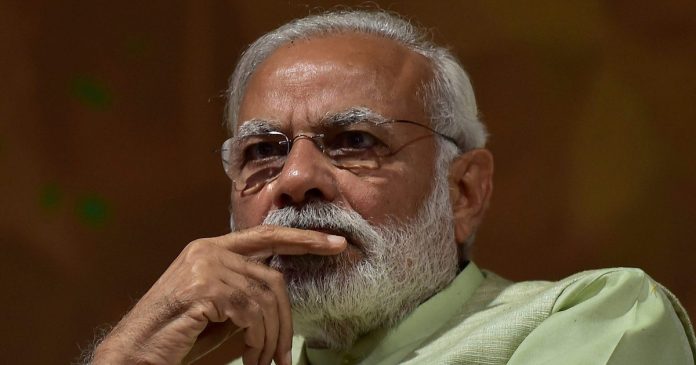
By Delna Abraham & Ojaswi Rao
Muslims were the target of 51% of violence centred on bovine issues over nearly eight years (2010 to 2017) and comprised 86% of 28 Indians killed in 63 incidents, according to an IndiaSpend content analysis of the English media.
As many of 97 per cent of these attacks were reported after Prime Minister Narendra Modi’s government came to power in May 2014, and about half the cow-related violence — 32 of 63 cases –were from states governed by the Bharatiya Janata Party (BJP) when the attacks were reported, revealed our analysis of violence recorded until June 25, 2017.
Of the 28 Indians who died over the seven-year period, 24 were Muslim, or 86 per cent. As many as 124 people were also injured in these attacks. More than half (52 per cent) of these attacks were based on rumours, our analysis found.
National or state crime data do not distinguish general violence from cow-related attacks and lynchings; the IndiaSpend database is the first such statistical perspective to a growing national debate over such violence.
2017 is on track to be worst-ever year for cow-related violence.
In the first six months of 2017, 20 cow-terror attacks were reported — more than 75 per cent of the 2016 figure, which was the worst year for such violence since 2010.
The attacks include mob lynchings by vigilantes, murder and attempt to murder, harassment, assault and gang-rape. In two attacks, the victims/survivors were chained, stripped and beaten, while in two others, the victims were hanged.
These attacks — sometimes collectively referred to as gautankwad — a portmanteau of the Hindi words for cow and terrorism on social media — were reported from 19 of 29 Indian states, with Uttar Pradesh (10), Haryana (9), Gujarat (6), Karnataka (6), Madhya Pradesh (4), Delhi (4) and Rajasthan (4) reporting the highest number of cases.
No more than 21 per cent (13 of 63) of the cases were reported from southern or eastern states (including Bengal and Odisha), but almost half (six of 13) were from Karnataka. The only incident reported in the northeast was the murder of two men in Assam on 30 April, 2017.
About half the cases of cow-related violence — 32 of 63 — were from states governed by the BJP at the time; eight were run by the Congress, and the rest by other parties, including the Samajwadi Party (Uttar Pradesh), People’s Democratic Party (Jammu & Kashmir) and Aam Aadmi Party (Delhi).
Muslim victims were identified by name. In eight per cent of the 63 cases, the reports explicitly stated that those attacked were Dalits, who are also targets because many among them clear cow carcasses, skin them and eat beef. In a few cases, religion was difficult to determine.
In 50.8 per cent (32) of the cases, the targets were Muslim, in 7.9 per cent (5) Dalit, 4.8 per cent (3) Sikh or Hindu (names appeared Sikh, but it wasn’t certain) and 1.6 per cent (one) Christian; in 20.6 per cent (13) cases, religion was not reported. Among 14.3 per cent (9) cases, the targets were Hindus, but their caste was not clear.
Police officers and onlookers were injured in eight per cent (5) of the attacks; 27 per cent of those targeted were women. The searches were carried out in English media, but a quick assessment showed Hindi media to be carrying the same incidents.
Of the 63 attacks over eight years, 61 (96.8 per cent) occurred, as we said, after Modi’s government came to power (2014-2017), with 2016 reporting the most attacks: 25. In the first six months of 2017, 20 attacks were reported — more than 75 per cent of the 2016 figure.
In five per cent of the attacks, there was no report of arrests. In 13 attacks (21%), the police registered cases against the victims/survivors.
In 23 attacks, the attackers were mobs or groups of people who belonged to Hindu groups, such as the Vishwa Hindu Parishad, Bajrang Dal and local Gau Rakshak Samitis.
During the period under consideration — 2010 to 2017 — the first such attack occurred on June 10, 2012, in Joga town in Mansa district, Punjab, “after carcasses of about 25 cows were found” near a factory.
According to data collected, rumours spawned 52% of the attacks.
